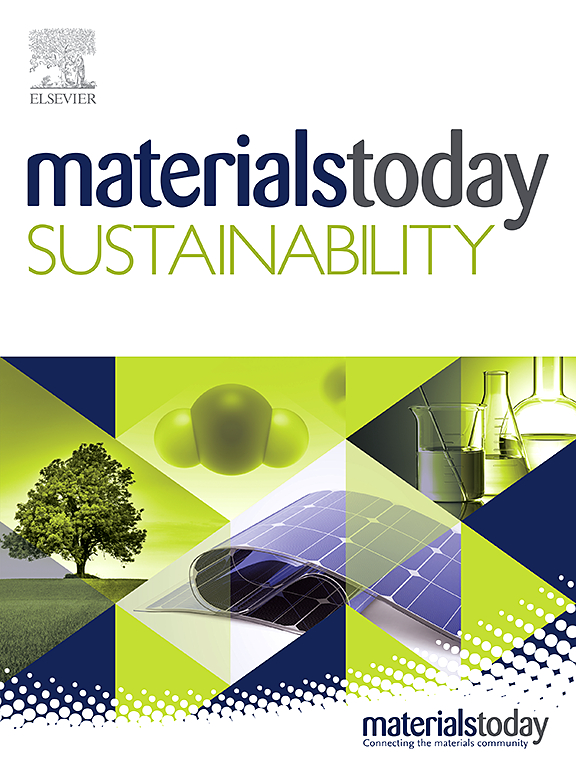聚氨酯基膜增强CO2分离的综合综述:从分子工程到工业可扩展性
IF 7.9
3区 材料科学
Q1 GREEN & SUSTAINABLE SCIENCE & TECHNOLOGY
引用次数: 0
摘要
膜技术具有低能耗、低成本、操作简单等特点,已广泛应用于气体分离,特别是CO2捕集。设计了各种聚合物以达到优异的气体分离效率。其中,聚氨酯(pu)由于其易于成膜,优异的柔韧性,高弹性和拉伸强度,良好的化学和热稳定性以及对二氧化碳的固有亲和力而成为开发气体分离膜的通用平台。虽然原始pu显示相对较低的气体分离性能,但它们可以很容易地进行定制以增强它。本文首先综述了聚氨酯的合成方法,聚氨酯合成原料的化学性质,聚氨酯的化学、结构和形态特性,包括CO2/气体分离性能。其次,重点介绍了改进聚氨酯结构以提高气体分离性能所采用的策略,如聚合物共混、嵌段共聚物形成、聚合物交联、混合基质膜(MMMs)的制造以及它们的杂交(如共混/MMM、交联/MMM等)。最后,对各种策略在改善气体分离性能和工业制造可行性方面的有效性进行了严格评估。本文章由计算机程序翻译,如有差异,请以英文原文为准。
A comprehensive review on polyurethane-based membranes for enhanced CO2 separation: From molecular engineering to industrial scalability
Membrane technology, characterized by low energy consumption, cost-effectiveness, and operational simplicity, has been widely used for gas separation applications, especially for CO2 capture. Various polymers have been designed to achieve superior gas separation efficiency. Among them, polyurethanes (PUs) have emerged as a versatile platform to develop gas separation membranes due to their ease of film formation, excellent flexibility, high elasticity and tensile strength, great chemical and thermal stability, and inherent affinity for CO2. While pristine PUs display relatively low gas separation performance, they can be readily tailored to enhance it. This review first examines the synthesis procedures of PUs, the chemistry of the raw materials used in PU synthesis, and their chemical, structural, and morphological properties, including CO2/gas separation properties. Second, the strategies adopted for the modification of the PU architectures to improve gas separation performance, such as polymer blending, block copolymer formation, polymer cross-linking, mixed matrix membranes (MMMs) fabrication, and their hybrids (e.g., blending/MMM, cross-linking/MMM, etc.), are highlighted. Finally, various strategies are critically assessed in terms of their effectiveness in improving gas separation properties and feasibility for industrial manufacturing.
求助全文
通过发布文献求助,成功后即可免费获取论文全文。
去求助
来源期刊

Materials Today Sustainability
Multiple-
CiteScore
5.80
自引率
6.40%
发文量
174
审稿时长
32 days
期刊介绍:
Materials Today Sustainability is a multi-disciplinary journal covering all aspects of sustainability through materials science.
With a rapidly increasing population with growing demands, materials science has emerged as a critical discipline toward protecting of the environment and ensuring the long term survival of future generations.
 求助内容:
求助内容: 应助结果提醒方式:
应助结果提醒方式:


